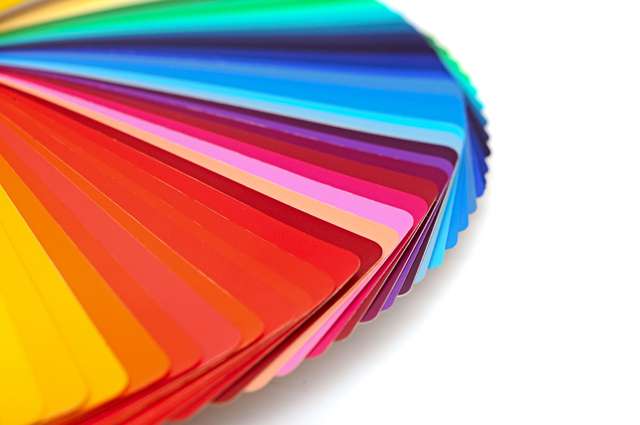
Color Process Automatic Technology is revolutionizing how plastic color is produced, giving you the highest level of insight and control over both your products and processes. Image Source: Pexels user Pixabay
The plastics industry has always been at the forefront of innovation, creating remarkable new materials and products. From cars to computers, plastics have shaped our world in innumerable ways, opening up the door to ways of living previously unimaginable.1 Indeed, the very device on which you are reading this now only exists due to plastics.
But while the plastics industry has undoubtedly driven tremendous product innovation, it must also look for opportunities for process innovation in order to enhance efficiency and keep up with market changes. For many plastics manufacturers, the integration of on-line spectrophotometric color measurement within the production line has been a critical step toward process innovation, allowing for a new level of color quality control. With HunterLab’s Color Process Automation Technology, you are now able to take on-line color measurement and quality control to even greater heights.

HunterLab’s cPAT system goes beyond measurement to give you color control. Image Source: Shuttestock user inxti



